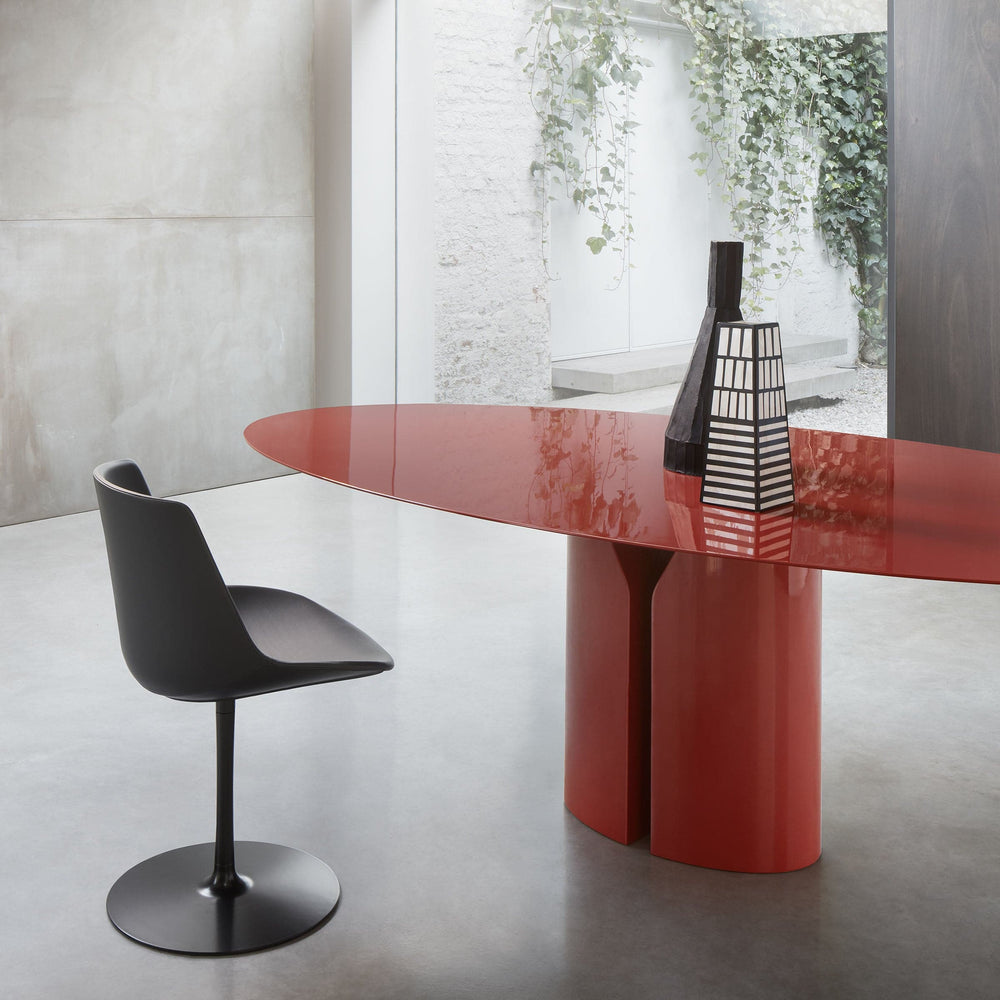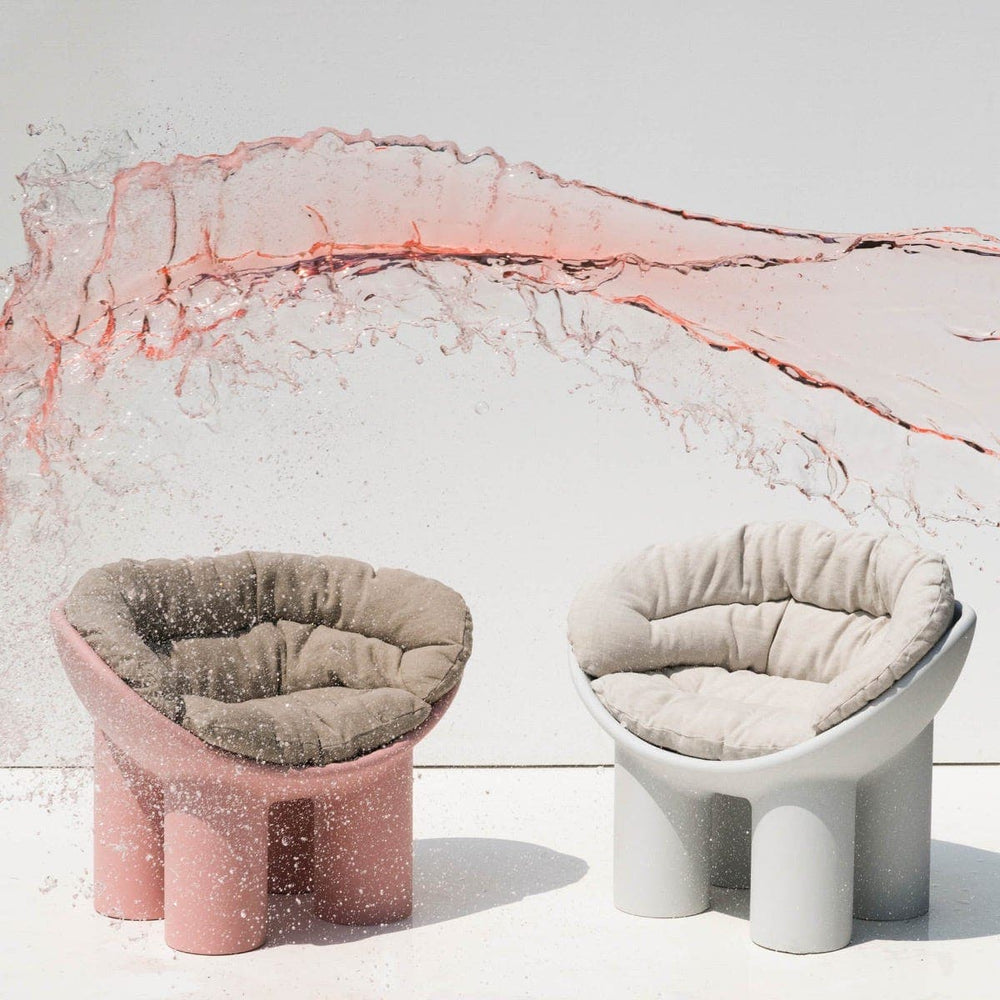TRENDS: Expressive Liberty by Cristina Morozzi
A new expressive verve, tied to personal inclinations and emotions, distinguished Milan Design Week 2021. Let’s explore just how, in this article by Cristina Morozzi.
“Milano is design-design is Milano” was the message featured on t-shirts worn by many who wished to raise awareness in the world of design regarding the role of Milan, with its Salone and Fuorisalone events, in promoting contemporary design. And despite bureaucratic issues, the city responded to the call.
A condensed Salone, at the Fair in Rho Pero, and the Fuorisalone lit up Milan with over 200 events spread out over the entire city, in both the traditional districts and in first-time and spectacular venues like Superstudio Maxi, a huge new space managed by Gisella Borioli, and Casa delle Monache in Baggio in the gardens of the military hospital.
There was no shortage of visitors and the streets of the city teemed once again. It was more challenging than usual to pinpoint a dominant trend because this edition of Design Week was a race against time. The absence of planning and study well in advance of the event gave way to expressive vitality linked to personal inclinations and emotions. Designers felt free to unleash their creativity and responded to the recent period of forced inactivity with liberality, drawing upon the most varied sources of inspiration and revitalizing tradition as a foundation for the future.
Traditional types of furnishings reappeared, including the toilette from the Scapin collection by Elena Salmistraro and Matteo Cibic, two designers who always express themselves with great freedom, on show at Palazzo Litta at the Design Variations exhibition curated by Caterina Mosca and Valerio Castelli.
New project “Toiletpaper Home” by Maurizio Cattelan and Pierpaolo Ferrari for Seletti was a declaration of freedom and bizarre and ironic creativity, based on improbable contaminations: a series of surreal furnishings exhibited with an irreverent setting in the new Toiletpaper headquarters at Via Giuseppe Balzaretti (Città Studi area of the city).
Elsewhere, Dieci Corso Como featured new rugs by Qeeboo, a brand created by Stefano Giovannoni and created from designs from the Mendini archives and by Andrea Branzi, Richard Hutten, Stefano Giovannoni and Nynke Tynagel.
And then there was the Cappellini showroom at Via Santa Cecilia, which hosted Elena Salmistraro to tell the tale of Axo, a new socially-minded doll figure. The pieces that decorated the Cappellini space were created from patchwork designs using scraps of fabric sewn by San Vittore inmates.
After a long hiatus, Design Week 2021 meant that design was once again revitalised in Milan, sparking wonder in its capacity to turn everyday pieces into playful objects in a progressive return to “normal” life. Design Italy, at its offices at Via Vincenzo Monti, focused on contamination, presenting collections created using 3D printing, cardboard furniture, portraits embroidered with sewing machines and stools made from recycled cork.
Cristina Morozzi
















